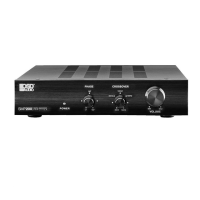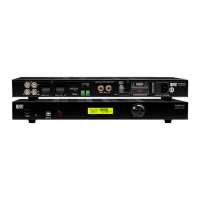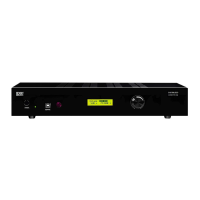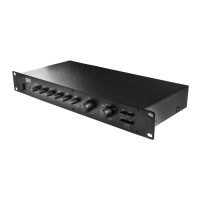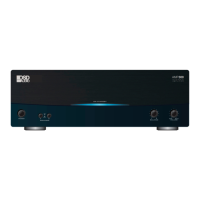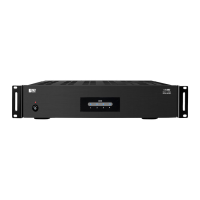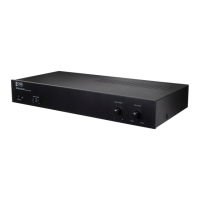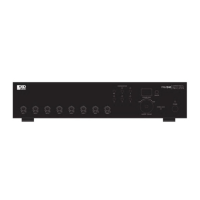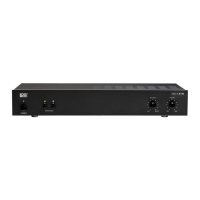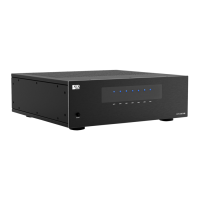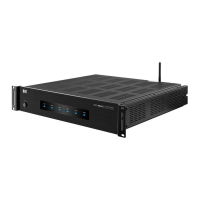Do you have a question about the OSD Audio SMP300 and is the answer not in the manual?
Warning against removing the cover and referring servicing to qualified personnel.
Read and follow all safety and operating instructions, avoid water, ensure ventilation.
Protect cords, use specified accessories, unplug during storms, and ensure proper grounding.
Place amplifier on a level surface in a well-vented area, avoid blocking openings or heat sources.
Familiarize yourself with the amplifier's rear panel connections and controls.
Connect the subwoofer using 14-gauge speaker wire to the output terminals.
Connect LFE, Line Level, or Speaker Level inputs for audio signals.
Explanation of Power Switch, Volume, Low Pass Filter, and Phase controls.
Details on the Volume Limit Control for setting maximum volume.
Solutions for problems like no sound, buzzing, or amplifier not turning on.
Details on the 2-year limited warranty and return/repair procedures.
Highlights compact design, Class D technology, variable filters, and auto-sensing.
Lists power output, frequency response, inputs, dimensions, weight, and warranty.
Warning against removing the cover and referring servicing to qualified personnel.
Read and follow all safety and operating instructions, avoid water, ensure ventilation.
Protect cords, use specified accessories, unplug during storms, and ensure proper grounding.
Place amplifier on a level surface in a well-vented area, avoid blocking openings or heat sources.
Familiarize yourself with the amplifier's rear panel connections and controls.
Connect the subwoofer using 14-gauge speaker wire to the output terminals.
Connect LFE, Line Level, or Speaker Level inputs for audio signals.
Explanation of Power Switch, Volume, Low Pass Filter, and Phase controls.
Details on the Volume Limit Control for setting maximum volume.
Solutions for problems like no sound, buzzing, or amplifier not turning on.
Details on the 2-year limited warranty and return/repair procedures.
Highlights compact design, Class D technology, variable filters, and auto-sensing.
Lists power output, frequency response, inputs, dimensions, weight, and warranty.
| peak power output | 500 Watts @ 4 Ohm |
|---|---|
| RMS power output | 150W @ 8-ohm, 250W @ 4-ohm |
| dual voltage | 120V/230V |
| frequency response | 20Hz-160Hz +/-1dB |
|---|---|
| total harmonic distortion | 1% |
| signal to noise ratio | 95 dB |
| dimensions | 16.25" x 3" x 9.25" |
|---|---|
| weight | 7 lbs. |
| rack mountable | 1U Rack Space |
